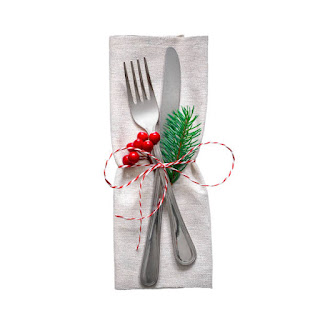Italian Ruscus
Ruscus is a genus of six species of flowering plant life, native to western and southern europe, macaronesia, northwestern africa, and southwestern asia east to the caucasus. within the apg iii classification machine, it's miles located within the family asparagaceae, subfamily nolinoideae (formerly the circle of relatives ruscaceae) like many lilioid monocots, it was formerly labeled inside the family liliaceae. The species are evergreen shrub-like italian ruscus perennial vegetation, growing to approximately 1 metre (3 ft 3 in) tall. They have branched stems that bear severa cladodes (flattened, leaf-like stem tissue, also referred to as phylloclades) 2 to 18 centimetres It is local to eurasia and a few northern elements of africa.ruscus aculeatus occurs in woodlands and hedgerows, in which it's miles tolerant of deep colour, and additionally on coastal cliffs.
The commonplace name, butcher's broom, hails from one in every of its authentic uses. In europe, ruscus species were traditionally harvested for his or her flat and stiff branches to make small brooms that were used for clearing off and cleaning butchering blocks. current studies has exposed that butcher's broom carries some antibacterial compounds. this suggests that further to the useful physical homes of ruscus species, elevated effectiveness in cleaning and producing more secure products because of unrecognized antibacterial oils may also have contributed to its popularity and subsequent nickname. Butcher's broom has been utilized by a diffusion of peoples as a remedy for a variety of illnesses.
A classical remedy from europe claimed that the rhizomes could be used as a diuretic. in historic greece, butcher's broom became used as a laxative or diuretic, and it changed into also believed to remove kidney stones when added to wine. butcher's broom changed into also used to reduce swelling and to speed the restoration of fractures. Likely because of its appealing iciness/spring colour, ruscus aculeatus has turn out to be a fairly common landscape plant. it is also widely planted in gardens, and has unfold as a garden escapee in lots of areas outdoor its local variety. The plant grows well in zones 7 to 9 at the usda hardiness zone map. click here



Comments
Post a Comment